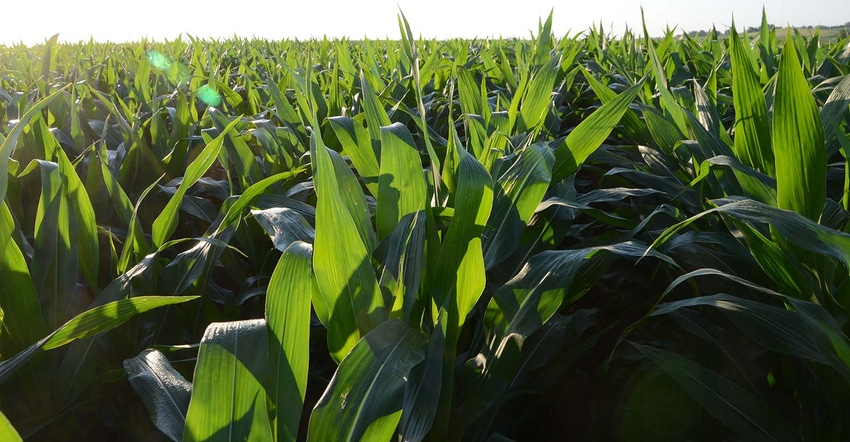November 18, 2020

The role of data in agriculture continues to evolve, just ask Jason Tatge, founder and CEO of Farmobile LLC. His company, which uses a passive uplink connection, or PUC, to collect data from machines, can turn that information into actionable information for growers, and it turns out others. And that news is leading to a new way to manage crop fertility.
"We were really focused on growers originally," he says of his startup company. "I think as we've evolved our thinking." What he's learned, is that ag retailers with application equipment have a need to capture and use information too.
"We've really gotten a nice fit with ag retailers recently and we're putting PUCs on their spreading and application equipment," Tatge adds that what he's learned is that retailers have very mixed fleets so a brand agnostic data tool that works on any brand has growing value.
In fact, Farmobile LLC is working with The Fertilizer Institute to support the advancement of agronomic and machine-collected data for ag retailers. The aim is to better take advantage of Variable Rate technology to facilitate 4R fertility practices and sustainable agriculture.
Putting data to work
TFI is focused on the 4Rs of crop nutrition – right source, right rate, right time and right place – and a key to that is variable rate application. The challenge in agriculture is time. Tatge notes that about one third of the work for the following year crop happens in the current year including fertilizer application. "Yet a lot of that is going on flat rate," he asserts.
For the retailer that wants to boost sustainability and maximize time, data collection and sharing has value. And those retailers are also trying to tackle the 4R practices including bringing in more VR. Data sharing between farmer and ag retailer can make the process smoother.
Tatge notes that farmers can give permission for their Farmobile data to be shared with their ag retailer in real time. The ag retailer can take that information and produce application maps faster and get to your fields sooner.
"Say you have 47 fields you work with, and you've started harvest," Tatge says. "After you finish each field, you can share the yield information to your dealer who can use that information to determine proper rates for each field faster." You've finished the first three or four fields and the data has gone to the retailer, as you move on, they can move in based on fresh prescription maps developed with current-year data.
"You don't have to wait until harvest is done, you can share the information right away and the retailer can move faster," Tatge says.
Farmobile data can be shared through Application Program Interfaces to other services that work with the retailer, or other machines in a farmer's fleet. No information moves off the farm without the farmer's permission.
Advancing variable rate fertility
Luckey Farmers, Inc., an Ohio-based retailer, is putting Farmobile to work. In a media statement about the TFI/Farmobile effort Andrew Gladden, IT manager at Luckey Farmers notes that "our state (Ohio) had a goal of a minimum of 35% of acreage being 4R certified. With Farmobile and their ability to track variable rate application, we not only hit 35% - we're aiming for 70% going forward and looking forward to the improved profitability that comes with it."
Nutrient management mandates are both an opportunity and a challenge for farmers, and a comprehensive data backbone can help meet those goals.
Bradford Warner, vice president, business development and sustainability, Farmobile, notes that the 4R's of fertility make sense. "Who wouldn't look at the 4Rs and go, yeah that make sense," he says. "But how do you do it without it becoming such a burden. I think the nature of what we can do now quickly, where there's little data burden necessarily on the retailer or the farmer, makes sense."
Learn more about TFI at tfi.org. Check out farmobile.com for more information on this data company.
About the Author(s)
You May Also Like






